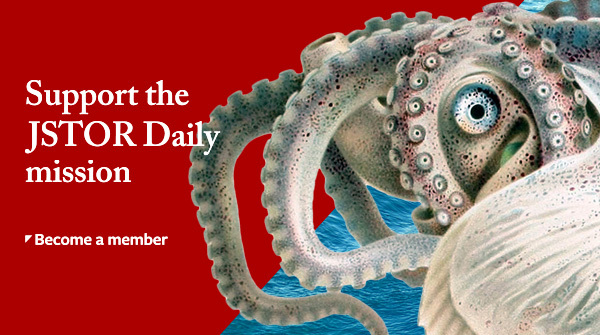
JSTOR Daily
@JSTOR_Daily
Nonprofit news & quirky history based on scholarly research @JSTOR. Subscribe free: https://t.co/8iuShflioK or become a member: https://t.co/bXwXNiJscV
ID:2696503964
http://daily.jstor.org 31-07-2014 19:58:41
42,5K Tweets
50,1K Followers
1,0K Following
Follow People

























